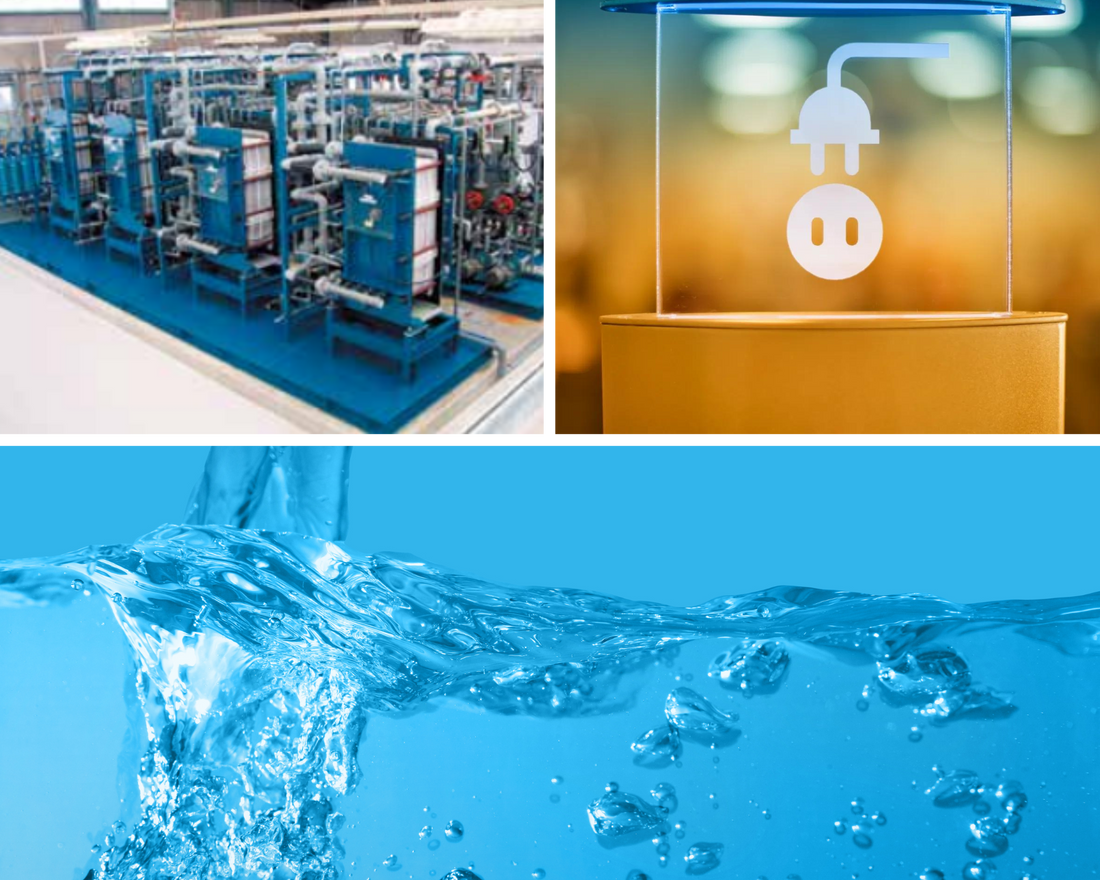Introduction:
When it comes to selecting an electrodialysis system, making the right choice is crucial for achieving efficient and cost-effective separations or purifications. The selection process involves considering various factors that align with your specific application requirements. In this blog post, we will explore the key considerations that should be kept in mind when choosing the right electrodialysis system.
Here are some important factors to consider:
1. Application Requirements:
Before diving into the selection process, it is essential to clearly define your application requirements. Are you looking for desalination, purification, or recovery of specific ions? Understanding the specific needs of your application will help you identify the electrodialysis system that can effectively address those requirements.
2. Capacity and Scale:
Consider the desired production capacity and scale of your process. It is important to choose an electrodialysis system that can handle the required flow rates and volumes efficiently. Assess the system's capacity to ensure it aligns with your production goals.
3. Membrane Configuration:
The membrane configuration plays a crucial role in the performance of an electrodialysis system. Evaluate the available options in terms of the number and arrangement of ion-exchange membranes and spacers. The membrane configuration should be suitable for your target application and offer the desired separation efficiency.
4. Membrane Material:
Different membrane materials exhibit varying selectivity and durability. Select the appropriate membrane material based on the type of ions or contaminants you aim to separate or remove. The membrane material should effectively address the specific challenges of your application.
5. Energy Efficiency:
Energy efficiency is a key consideration when selecting an electrodialysis system. Look for systems that offer low energy consumption, high current efficiency, and advanced control systems that optimize energy usage. Choosing an energy-efficient system can significantly reduce operational costs.
6. System Design and Footprint:
Consider the overall design and footprint of the electrodialysis system. A compact and modular design is beneficial, as it allows for easy integration into your existing infrastructure. Additionally, if you have space constraints, ensure that the system can fit within the available space without compromising performance.
7. Maintenance and Serviceability:
Maintenance requirements and ease of serviceability should be evaluated. Look for systems that offer easy access to components, user-friendly interfaces, and reliable technical support. Consider factors such as membrane cleaning and replacement to ensure smooth operation and longevity of the system.
8. Cost-effectiveness:
Assess the overall cost-effectiveness of the electrodialysis system. Compare the initial investment cost, operational expenses, and lifecycle costs of different options. Consider factors such as system efficiency, membrane lifespan, and consumables required for operation. By analyzing the total cost of ownership, you can make an informed decision.
9. Compatibility and Integration:
Check the compatibility of the electrodialysis system with other process equipment. Seamless integration with pre-treatment systems, post-treatment systems, or monitoring/control devices can simplify installation and improve overall system performance. Ensure that the system can be easily integrated into your existing infrastructure.
10. Regulatory Compliance:
Ensure that the electrodialysis system meets relevant industry standards and regulatory requirements for your application. Compliance with quality, safety, and environmental regulations is essential to avoid any complications down the line. Verify the certifications and compliance of the system before making a final decision.
Conclusion
Selecting the right electrodialysis system requires careful consideration of several key factors. By understanding your application requirements, evaluating capacity and scale, assessing membrane configuration and material, prioritizing energy efficiency and maintenance, considering cost-effectiveness, compatibility, and ensuring regulatory compliance, you can make an informed choice. Taking these considerations into account will help you select an electrodialysis system that aligns with your needs and delivers optimal results for your application.

